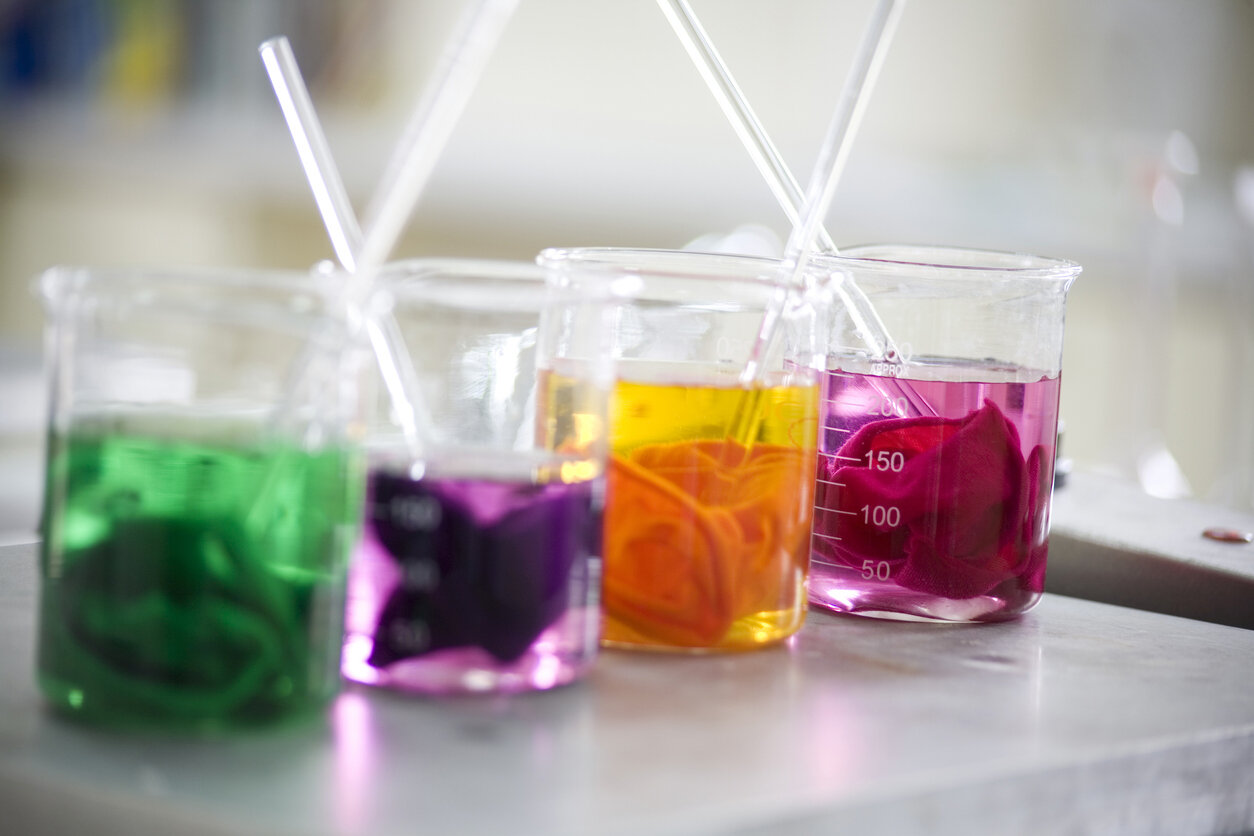HOW CAN WE DESIGN PRODUCTS BETTER?
It’s a question worth its weight in the contract sewing industry. Having a good understanding of sewing construction and which operations are more labor-intensive than others can leverage design opportunities to automate the manufacturing process. That means making products faster, with higher consistency, and at a lower cost.
Being able to streamline a product for a machine early in the process of its development helps save time during the R&D phase and costly iterations later on.
A majority of products that come through our manufacturing facility have opportunities to optimize for machines. The thing is, it’s usually the bigger, more experienced companies that tend to know what’s possible and the medium to smaller guys don’t.
Some low hanging fruit to consider when designing is to look at stitches that can be automated into a programmable sewing machine rather than done by hand. For example, a design that requires sewing contractors to first stitch something from the inside, then reverse it and topstitch it on the outside can be avoided by designing the product with a binding finish. Programmable machines can clamp fabrics together, saving a step in the process, and making it more efficient.
Another machine facilitating technique is to maximize the flat parts of a product. Curves make a product more complicated to automate and require a larger volume to make it cost effective.
Since most products tend to have idiosyncrasies, it should be a best practice to bring design specs in for a quotation so we can evaluate it beforehand and offer suggestions. Being upfront with the desired price per unit makes a huge difference when it comes to reverse engineering it to hit its target price. We’re here to work with you, and as the industry leading cut and sew experts, we have the knowledge and experience to give you the best advice.
STREAMLINE
JOURNAL ARCHIVE
- Announcements
- Contract Sewing History
- Cut and Sew Technology
- Environmental Impact
- Hardware
- Industry Tips
- Made in the USA
- Manufacturing Interview
- Manufacturing Partnership
- Medical
- Military Gear
- Patriotic
- Sewing Contractor Trends
- Sewing News
- Skilled Sewing Workforce
- Sporting Goods
- White Label Benefits
- contract sewing tips











